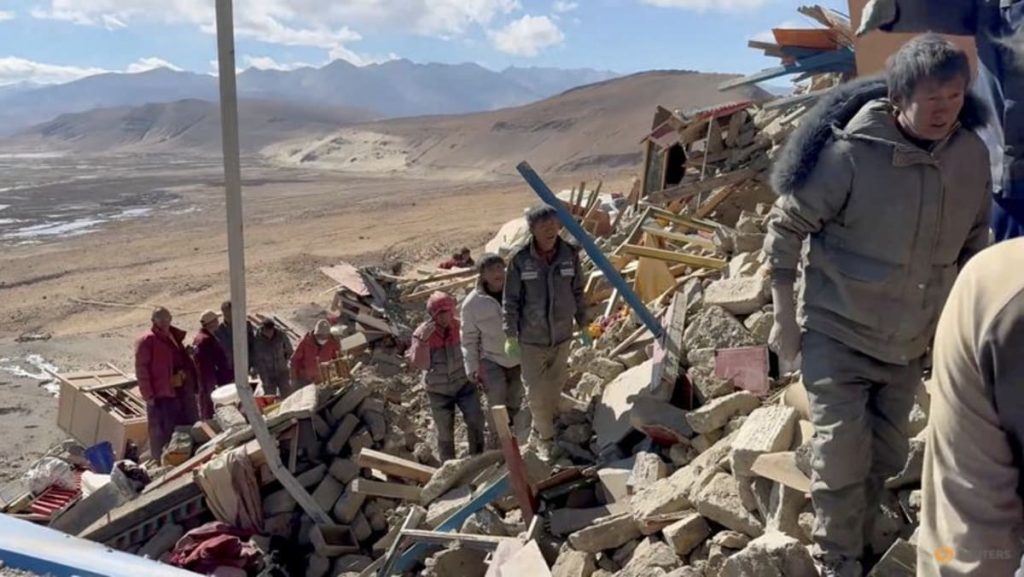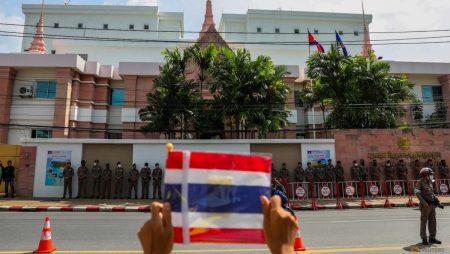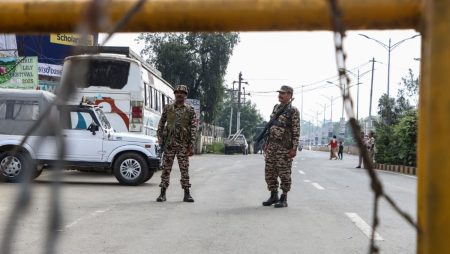The devastating earthquake that struck the Shigatse region of Tibet on Tuesday has left a trail of destruction and loss, highlighting the region’s vulnerability to seismic activity and the challenges posed by the harsh, high-altitude environment. Initial assessments indicate a significant humanitarian crisis, with thousands of homes destroyed, hundreds of lives lost, and many more injured. The immediate aftermath has seen a concerted rescue and relief effort, but the long road to recovery is just beginning. The earthquake’s impact underscores the complex interplay of geological forces, political realities, and the human cost of natural disasters.
The earthquake, measured at a magnitude of 7.1, ripped through the Shigatse region, home to approximately 800,000 people, late on Tuesday. Early reports paint a grim picture of the devastation: 3,609 homes reduced to rubble, a death toll exceeding 126, and at least 188 injured. The remote and mountainous terrain of the region complicates rescue and relief efforts, making access to affected areas difficult and hindering the delivery of essential supplies. The plummeting temperatures, reaching a frigid minus 18 degrees Celsius overnight, further exacerbate the suffering of those left homeless, creating an urgent need for shelter, warmth, and medical attention. While initial reports indicate the deployment of rescue personnel, ambulances, and essential supplies, the full extent of the damage and the needs of the affected population are still being assessed.
The immediate response to the disaster has involved a coordinated effort by local authorities and rescue teams. Over 500 personnel and 106 ambulances were dispatched to the affected areas to provide medical assistance and search for survivors trapped beneath the debris. The delivery of essential supplies, including tents, food rations, and electrical generators, has commenced, offering a glimmer of hope to those struggling to cope with the immediate aftermath. The reopening of damaged road sections is crucial for facilitating access to remote areas and ensuring the continued flow of aid. However, the scale of the destruction and the challenging logistical environment suggest that providing adequate relief to all those in need will be a prolonged and complex undertaking.
The earthquake that struck Tibet is a stark reminder of the region’s precarious location within a seismically active zone. Situated at the confluence of the Indian and Eurasian tectonic plates, the Qinghai-Tibetan plateau experiences frequent earthquakes as these massive landmasses collide and push upwards. This ongoing geological process makes the entire plateau, along with its eastern and northern rims, particularly vulnerable to earthquakes. The eastern and northern rims overlap with the Chinese provinces of Sichuan, Gansu, and Qinghai, highlighting the widespread risk across this region. The history of devastating earthquakes in this area, including the 2008 Sichuan earthquake and the 2023 earthquake in northwestern China, underscores the ever-present threat and the need for robust disaster preparedness and mitigation strategies.
The political context surrounding the earthquake adds another layer of complexity to the situation. Tibet’s status as an autonomous region within China has been a subject of ongoing debate and controversy, with human rights groups and Tibetan exiles raising concerns about the Chinese government’s policies and their impact on Tibetan culture and religious freedom. While the immediate focus is on providing humanitarian aid to those affected by the earthquake, the disaster response and recovery efforts will likely be scrutinized within this broader political context. The Chinese government’s handling of the situation, its transparency in sharing information, and its willingness to accept international assistance will be closely watched by the international community.
Looking ahead, the road to recovery for the Shigatse region will be long and arduous. The immediate priorities are to provide shelter, food, medical care, and other essential supplies to those affected. The rebuilding of homes, infrastructure, and livelihoods will require a sustained effort involving significant resources and expertise. The psychological impact of the disaster on the affected population must also be addressed, with appropriate support and counseling services made available. Furthermore, this tragic event emphasizes the need for continued investment in earthquake preparedness and mitigation measures, including building codes, early warning systems, and public awareness campaigns, to reduce the devastating impact of future earthquakes in this vulnerable region. The international community also has a role to play in supporting the recovery effort, both through financial assistance and technical expertise, ensuring that the people of Shigatse receive the help they need to rebuild their lives and communities.










